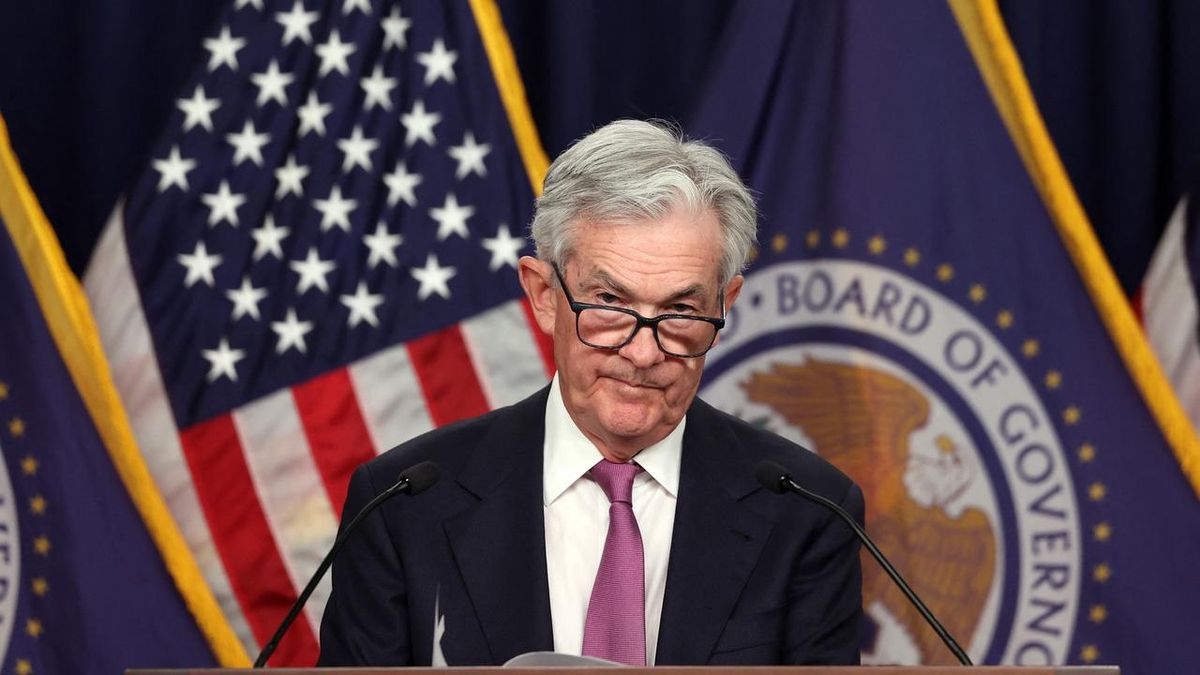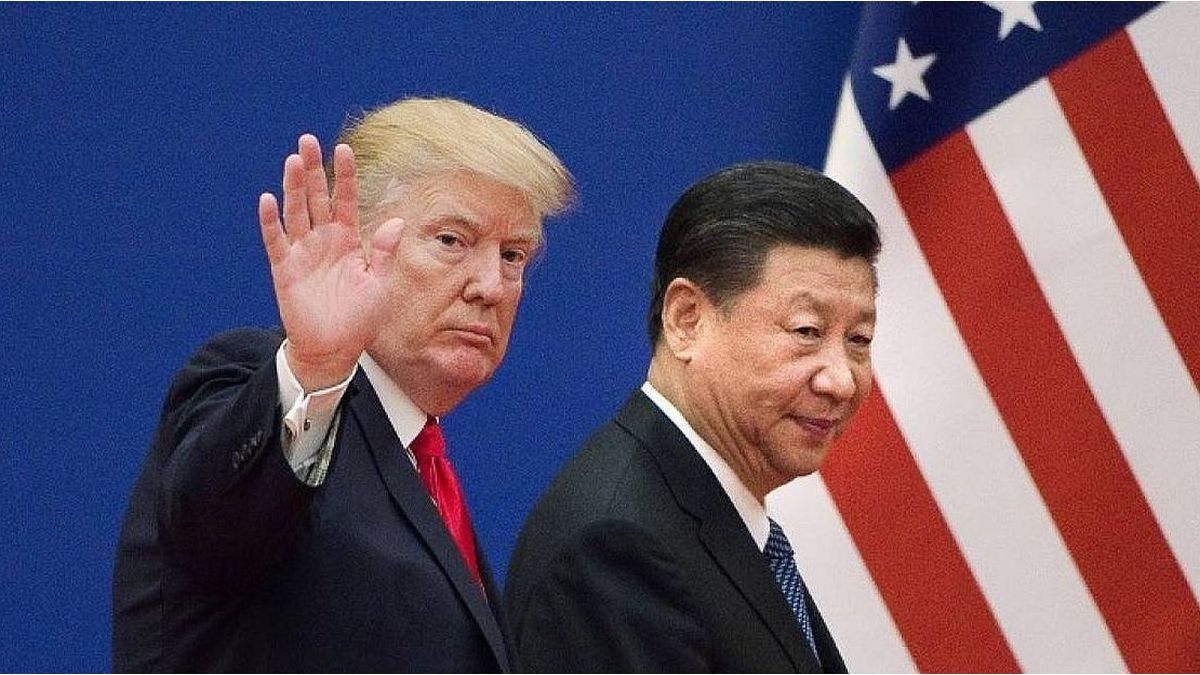The president of the United States Federal Reserve (Fed), Jerome Powellratified the central bank’s baseline for interest rate cuts this year this Friday by highlighting that the most recent data from inflation are “in line with what we would like to see.”
The price index data for personal consumption expenses (PCE) released on Friday “are what we expected,” Powell said, and although the numbers showed a deceleration less than last year “you won’t see us reacting in an exaggerated way. She spoke during an appearance at the Fed from San Francisco.
Government data showed that the PCE price index rose at an annual rate of 2.5% in February, up from 2.4% the previous month. The figure, which excludes volatile food and energy prices, rose 0.3% monthly, slightly more than Powell anticipated when he said last week that the Underlying inflation February would be “well below” 0.3%.
Still, Powell indicated that the February report did not undermine the Fed’s baseline outlook. Last week, the Fed It maintained its reference overnight interest rate in the range of 5.25%-5.50% and also reaffirmed – just barely – a reference projection according to which the rate will fall 0.75 percentage points in the year.
Some details of the PCE data, the economists noted, did show an improvement in aspects of the inflation that Fed considered important, even though the headline figures have shown little progress in the first two months of the year.
In recent weeks, Powell has had to reconcile expectations that rate cuts will begin this year with data showing that improving inflation numbers inflation has slowed down, if not stagnated. In the last three weeks, the head of the Fed has said the central bank is “not far” from the point where it would feel comfortable cutting interest rates, and then refused to repeat it when given the chance.
In Uruguayhe Central Bank (BCU) monitors the behavior of the Federal Reserve and, in its latest monetary police report released in mid-February, considered it “probable” that the expected cut will not materialize “at least until the beginning of May”, a date that the market currently corrected to June.
The decision of the Fed It will also have an effect on Uruguay’s global bonds. If it finally proceeds with the announced cut, the performance curve of sovereign bonds will fall, so the price will increase. In this regard, Nobilis highlighted that “it may take more or less time, but the Fed will surely achieve the objective,” which is why they called for “taking duration” regarding dollar bonds.
It is that if the scenario of “soft landing”, The rates of the American bond curve would tend to fall, as would the Uruguay curve in dollars, so prices will rise.
Meanwhile, instruments in national currency will be influenced by the global context. According to forecasts, if there is a fall in risk-free rates and a weak dollar, The scenario will stimulate demand for securities from emerging countries in local currency, with those from emerging countries being fundamentally attractive. Latin America.
Source: Ambito




